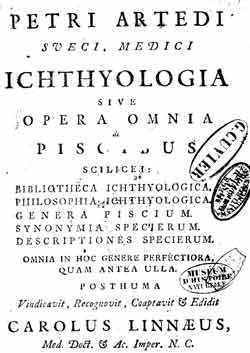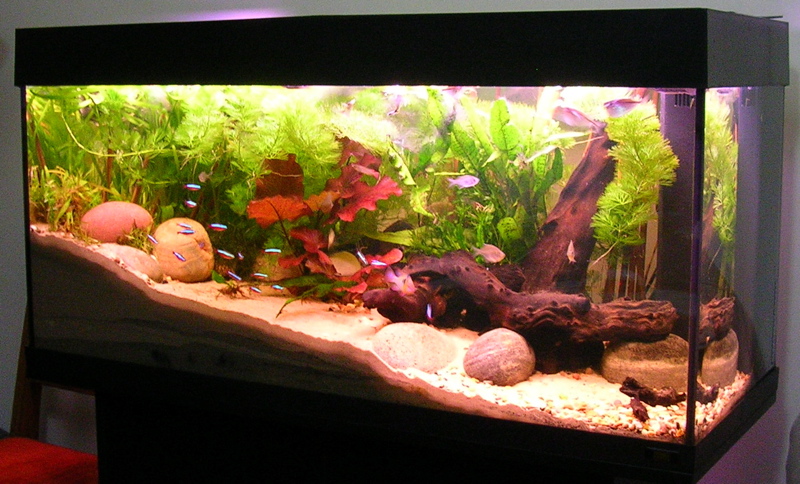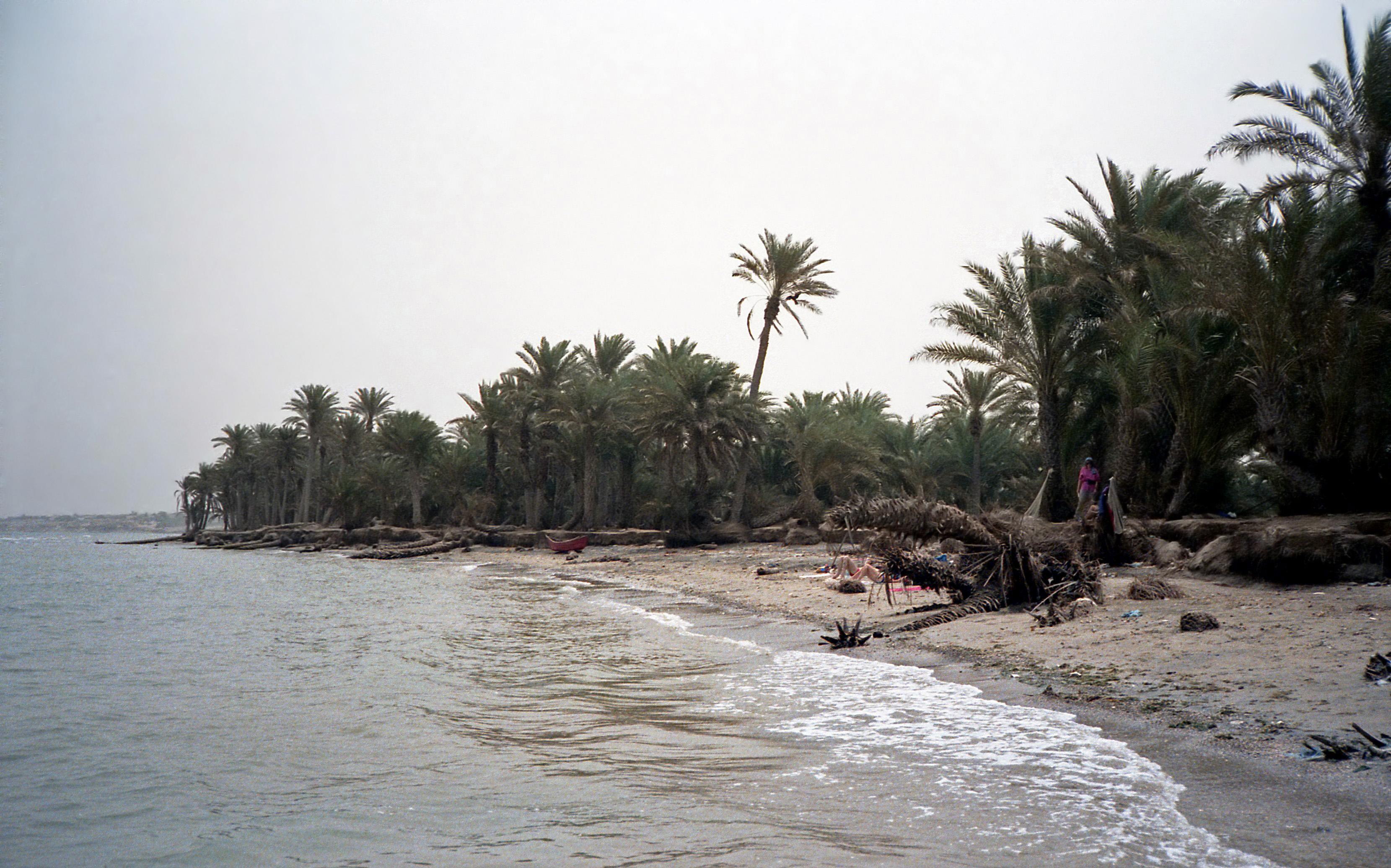|
Cephalopholis Polleni
''Cephalopholis polleni'', the harlequin hind, harlequin grouper, harlequin cod, harlequin rockcod or blue-lined grouper, is a species of marine ray-finned fish, a grouper from the subfamily Epinephelinae which is in the family Serranidae which also includes the anthias and sea basses. This fish occurs around offshore islands in the Indo-Pacific region. It occasionally makes its way into the aquarium trade. Description ''Cephalopholis polleni'' has a body depth which is shorter than the length of its head, the standard length being 2.7 to 3.1 times the depth. It has a slightly truncated caudal fin and a finely serrated, rounded preopercle. The maxilla reached beyond the back of the eye. There are 9 spines in the dorsal fin and 14-16 soft rays, while the anal fin has 3 spines and 8-9 soft rays. This is a yellow to greenish-yellow grouper which is covered in bright blue stripes. Juveniles up to a standard length of are yellowish brown, shading to lavender on the chest and belly an ... [...More Info...] [...Related Items...] OR: [Wikipedia] [Google] [Baidu] |
Pieter Bleeker
Pieter Bleeker (10 July 1819 – 24 January 1878) was a Dutch medical doctor, ichthyologist, and herpetologist. He was famous for the ''Atlas Ichthyologique des Indes Orientales Néêrlandaises'', his monumental work on the fishes of East Asia published between 1862 and 1877. Life and work Bleeker was born on 10 July 1819 in Zaandam. He was employed as a medical officer in the Royal Netherlands East Indies Army from 1842 to 1860, (in French). stationed in the Dutch East Indies (now Indonesia). During that time, he did most of his ichthyology work, besides his duties in the army. He acquired many of his specimens from local fishermen, but he also built up an extended network of contacts who would send him specimens from various government outposts throughout the islands. During his time in Indonesia, he collected well over 12,000 specimens, many of which currently reside at the Naturalis Biodiversity Center in Leiden. Bleeker corresponded with Auguste Duméril of Paris. His w ... [...More Info...] [...Related Items...] OR: [Wikipedia] [Google] [Baidu] |
Fish Measurement
Fish measurement is the measuring of individual fish and various parts of their anatomies. These data are used in many areas of ichthyology, including taxonomy and fisheries biology. Overall length * Standard length (SL) is the length of a fish measured from the tip of the snout to the posterior end of the last vertebra or to the posterior end of the midlateral portion of the hypural plate. Simply put, this measurement excludes the length of the caudal (tail) fin. * Total length (TL) is the length of a fish measured from the tip of the snout to the tip of the longer lobe of the caudal fin, usually measured with the lobes compressed along the midline. It is a straight-line measure, not measured over the curve of the body. Standard length measurements are used with Teleostei (most bony fish), while total length measurements are used with Myxini ( hagfish), Petromyzontiformes ( lampreys), and (usually) Elasmobranchii (shark Sharks are a group of elasmobranch fish chara ... [...More Info...] [...Related Items...] OR: [Wikipedia] [Google] [Baidu] |
Specific Name (zoology)
In zoological nomenclature, the specific name (also specific epithet or species epithet) is the second part (the second name) within the scientific name of a species (a binomen). The first part of the name of a species is the name of the genus or the generic name. The rules and regulations governing the giving of a new species name are explained in the article species description. For example, the scientific name for humans is ''Homo sapiens'', which is the species name, consisting of two names: ''Homo'' is the " generic name" (the name of the genus) and ''sapiens'' is the "specific name". Historically, ''specific name'' referred to the combination of what are now called the generic and specific names. Carl Linnaeus, who formalized binomial nomenclature, made explicit distinctions between specific, generic, and trivial names. The generic name was that of the genus, the first in the binomial, the trivial name was the second name in the binomial, and the specific the proper term fo ... [...More Info...] [...Related Items...] OR: [Wikipedia] [Google] [Baidu] |
Réunion
Réunion (; french: La Réunion, ; previously ''Île Bourbon''; rcf, label= Reunionese Creole, La Rényon) is an island in the Indian Ocean that is an overseas department and region of France. It is located approximately east of the island of Madagascar and southwest of the island of Mauritius. , it had a population of 868,846. Like the other four overseas departments, Réunion also holds the status of a region of France, and is an integral part of the French Republic. Réunion is an outermost region of the European Union and is part of the eurozone. Réunion and the fellow French overseas department of Mayotte are the only eurozone regions located in the Southern Hemisphere. As in the rest of France, the official language of Réunion is French. In addition, a majority of the region's population speaks Réunion Creole. Toponymy When France took possession of the island in the seventeenth century, it was named Bourbon, after the dynasty that then ruled France. To br ... [...More Info...] [...Related Items...] OR: [Wikipedia] [Google] [Baidu] |
Type Locality (biology)
In biology, a type is a particular specimen (or in some cases a group of specimens) of an organism to which the scientific name of that organism is formally attached. In other words, a type is an example that serves to anchor or centralizes the defining features of that particular taxon. In older usage (pre-1900 in botany), a type was a taxon rather than a specimen. A taxon is a scientifically named grouping of organisms with other like organisms, a set that includes some organisms and excludes others, based on a detailed published description (for example a species description) and on the provision of type material, which is usually available to scientists for examination in a major museum research collection, or similar institution. Type specimen According to a precise set of rules laid down in the International Code of Zoological Nomenclature (ICZN) and the International Code of Nomenclature for algae, fungi, and plants (ICN), the scientific name of every taxon is almos ... [...More Info...] [...Related Items...] OR: [Wikipedia] [Google] [Baidu] |
Ichthyologist
Ichthyology is the branch of zoology devoted to the study of fish, including bony fish (Osteichthyes), cartilaginous fish (Chondrichthyes), and jawless fish (Agnatha). According to FishBase, 33,400 species of fish had been described as of October 2016, with approximately 250 new species described each year. Etymology The word is derived from the Greek words wikt:ἰχθύς, ἰχθύς, ''ikhthus'', meaning "fish"; and wikt:-λογία, λογία, ''logia'', meaning "to study". History The study of fish dates from the Upper Paleolithic, Upper Paleolithic Revolution (with the advent of "high culture"). The science of ichthyology was developed in several interconnecting epochs, each with various significant advancements. The study of fish receives its origins from humans' desire to feed, clothe, and equip themselves with useful implements. According to Michael Barton (professor), Michael Barton, a prominent ichthyologist and professor at Centre College, "the earliest ichthyolo ... [...More Info...] [...Related Items...] OR: [Wikipedia] [Google] [Baidu] |
Dutch People
The Dutch ( Dutch: ) are an ethnic group and nation native to the Netherlands. They share a common history and culture and speak the Dutch language. Dutch people and their descendants are found in migrant communities worldwide, notably in Aruba, Suriname, Guyana, Curaçao, Argentina, Brazil, Canada,Based on Statistics Canada, Canada 2001 Censusbr>Linkto Canadian statistics. Australia, South Africa, New Zealand and the United States.According tFactfinder.census.gov The Low Countries were situated around the border of France and the Holy Roman Empire, forming a part of their respective peripheries and the various territories of which they consisted had become virtually autonomous by the 13th century. Under the Habsburgs, the Netherlands were organised into a single administrative unit, and in the 16th and 17th centuries the Northern Netherlands gained independence from Spain as the Dutch Republic. The high degree of urbanization characteristic of Dutch society was attai ... [...More Info...] [...Related Items...] OR: [Wikipedia] [Google] [Baidu] |
Species Description
A species description is a formal description of a newly discovered species, usually in the form of a scientific paper. Its purpose is to give a clear description of a new species of organism and explain how it differs from species that have been described previously or are related. In order for species to be validly described, they need to follow guidelines established over time. Zoological naming requires adherence to the ICZN code, plants, the ICN, viruses ICTV, and so on. The species description often contains photographs or other illustrations of type material along with a note on where they are deposited. The publication in which the species is described gives the new species a formal scientific name. Some 1.9 million species have been identified and described, out of some 8.7 million that may actually exist. Millions more have become extinct throughout the existence of life on Earth. Naming process A name of a new species becomes valid (available in zo ... [...More Info...] [...Related Items...] OR: [Wikipedia] [Google] [Baidu] |
Fish Keeping
Fishkeeping is a popular hobby, practiced by aquarists, concerned with keeping fish in a home aquarium or garden pond. There is also a piscicultural fishkeeping industry, serving as a branch of agriculture. Origins of fishkeeping Fish have been raised as food in pools and ponds for thousands of years. Brightly colored or tame specimens of fish in these pools have sometimes been valued as pets rather than food. Many cultures, ancient and modern, have kept fish for both functional and decorative purposes. Ancient Sumerians kept wild-caught fish in ponds, before preparing them for meals. Depictions of the sacred fish of Oxyrhynchus kept in captivity in rectangular temple pools have been found in ancient Egyptian art. Similarly, Asia has experienced a long history of stocking rice paddies with freshwater fish suitable for eating, including various types of catfish and cyprinid. Selective breeding of carp into today's popular and completely domesticated koi and fancy ... [...More Info...] [...Related Items...] OR: [Wikipedia] [Google] [Baidu] |
Cocos (Keeling) Island
) , anthem = "''Advance Australia Fair''" , song_type = , song = , image_map = Australia on the globe (Cocos (Keeling) Islands special) (Southeast Asia centered).svg , map_alt = Location of the Cocos (Keeling) Islands , map_caption = Location of the Cocos (Keeling) Islands (circled in red) , subdivision_type = Sovereign state , subdivision_name = , established_title = Annexed by the United Kingdom , established_date = 1857 , established_title2 = Transferred from Singaporeto Australia , established_date2 = 23 November 1955 , official_languages = None , languages_type = Spoken languages , languages = , capital = West Island , coordinates = , largest_settlement_type = village , largest_settlement = Bantam , demonym = , ethnic_groups = , ethnic_groups_year = , government_type = Directly administered dependency , leader_title1 = Monarch , leader_name1 = Charles III , leader_title2 = Governor-General , leader_name2 = David Hurley , leader_title ... [...More Info...] [...Related Items...] OR: [Wikipedia] [Google] [Baidu] |
Christmas Island
Christmas Island, officially the Territory of Christmas Island, is an Australian external territory comprising the island of the same name. It is located in the Indian Ocean, around south of Java and Sumatra and around north-west of the closest point on the Australian mainland. It lies northwest of Perth and south of Singapore. It has an area of . Christmas Island had a population of 1,692 residents , the majority living in settlements on the northern edge of the island. The main settlement is Flying Fish Cove. Historically, Asian Australians of Chinese, Malay, and Indian descent formed the majority of the population. Today, around two-thirds of the island's population is estimated to have Straits Chinese origin (though just 22.2% of the population declared a Chinese ancestry in 2021), with significant numbers of Malays and European Australians and smaller numbers of Straits Indians and Eurasians. Several languages are in use, including English, Malay, and vario ... [...More Info...] [...Related Items...] OR: [Wikipedia] [Google] [Baidu] |
Red Sea
The Red Sea ( ar, البحر الأحمر - بحر القلزم, translit=Modern: al-Baḥr al-ʾAḥmar, Medieval: Baḥr al-Qulzum; or ; Coptic: ⲫⲓⲟⲙ ⲛ̀ϩⲁϩ ''Phiom Enhah'' or ⲫⲓⲟⲙ ⲛ̀ϣⲁⲣⲓ ''Phiom ǹšari''; Tigrinya: ቀይሕ ባሕሪ ''Qeyih Bahri''; ) is a seawater inlet of the Indian Ocean, lying between Africa and Asia. Its connection to the ocean is in the south, through the Bab el Mandeb strait and the Gulf of Aden. To its north lie the Sinai Peninsula, the Gulf of Aqaba, and the Gulf of Suez (leading to the Suez Canal). It is underlain by the Red Sea Rift, which is part of the Great Rift Valley. The Red Sea has a surface area of roughly 438,000 km2 (169,100 mi2), is about 2250 km (1398 mi) long, and — at its widest point — 355 km (220.6 mi) wide. It has an average depth of 490 m (1,608 ft), and in the central ''Suakin Trough'' it reaches its maximum depth of . The Red Sea also ha ... [...More Info...] [...Related Items...] OR: [Wikipedia] [Google] [Baidu] |

.jpg)




